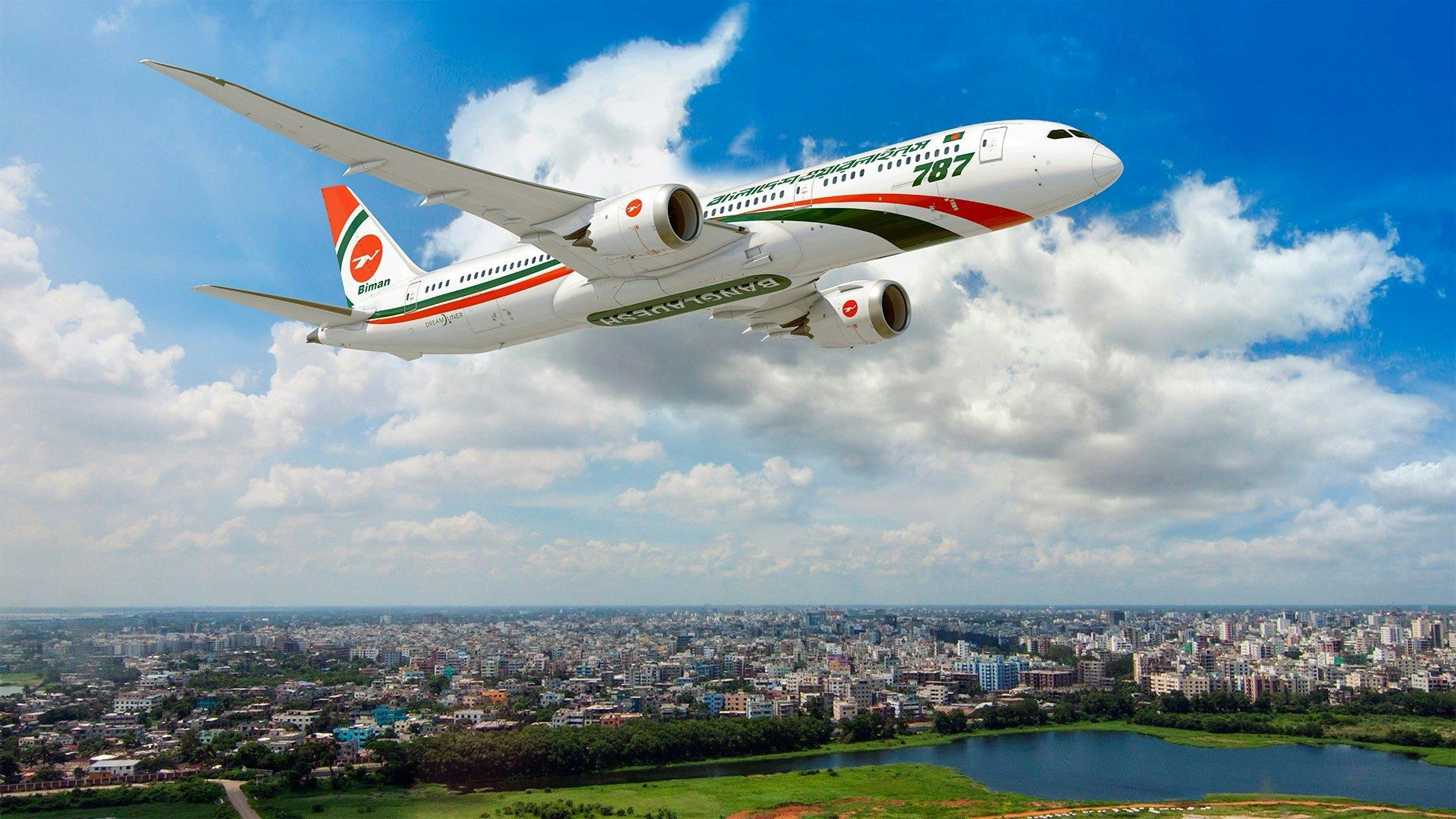
AeroGenie: il tuo copilota intelligente.
Tendenze
Categories
Archer’s Electric Aircraft Reaches 126 mph in 55-Mile Flight
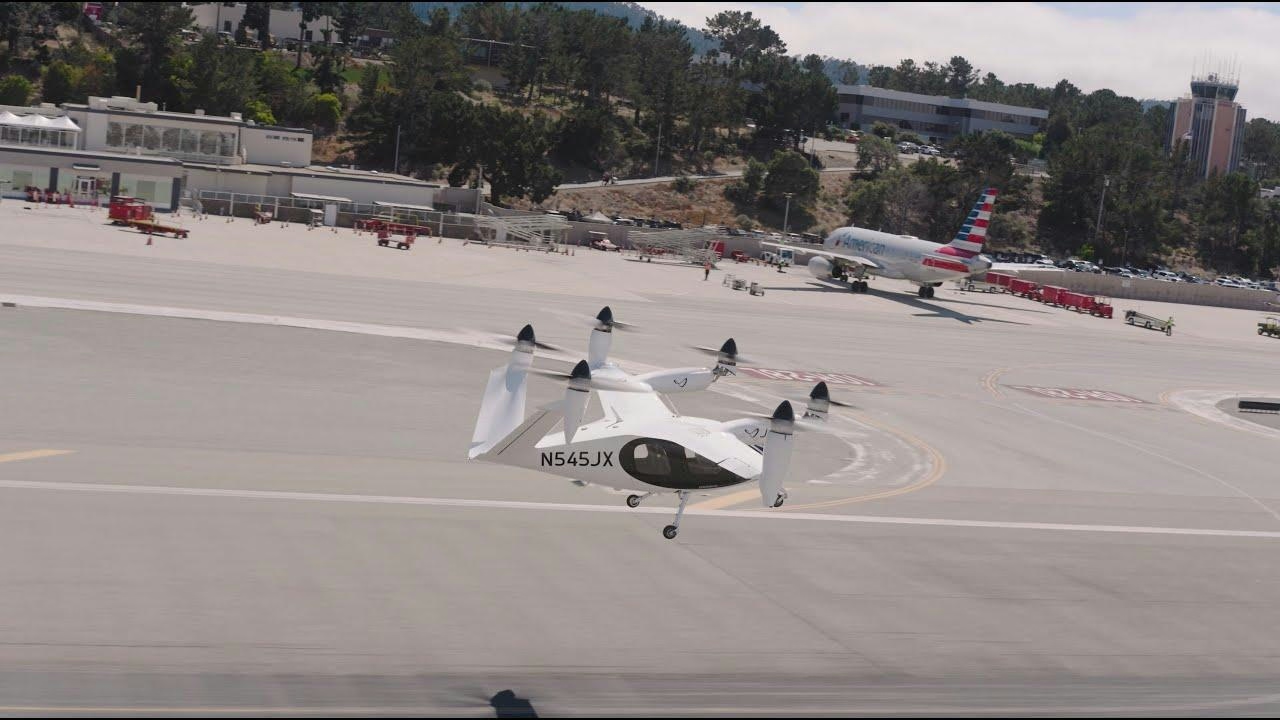
Archer’s Electric Aircraft Achieves 126 mph in 55-Mile Piloted Flight
Archer Aviation has reached a pivotal milestone in the advancement of electric aviation with its flagship Midnight eVTOL aircraft completing its longest piloted flight to date. The company reported that the aircraft, carrying a pilot onboard, covered 55 miles in 31 minutes, reaching speeds of up to 126 miles per hour. This record-setting flight occurred in Salinas, California, a critical testing location for Archer’s development efforts.
Progress and Challenges in eVTOL Development
This achievement follows just two months after Archer initiated piloted test flights, highlighting the rapid progress made in refining the Midnight design. Archer emphasized that the flight not only demonstrates the aircraft’s range but also its operational reliability, positioning Midnight as a formidable contender in the burgeoning urban air mobility sector.
Despite these advancements, Archer faces significant challenges on the path to commercial deployment. Regulatory approval remains a major obstacle, as aviation authorities worldwide continue to develop certification frameworks tailored to eVTOL aircraft. Furthermore, Archer is navigating intense competition from other electric aircraft manufacturers such as Vertical Aerospace and Joby Aviation. These competitors are advancing their own piloted test programs and exploring hybrid-electric models to enhance range and performance.
Market Dynamics and Industry Response
The broader market is closely monitoring these developments, with growing anticipation surrounding early commercial operations and potential partnerships with third-party operators. Industry analysts suggest that substantial government incentives will be crucial to accelerate the adoption of electric aircraft and to support the necessary infrastructure for widespread use.
In response to Archer’s progress, competitors are actively forming strategic alliances and investing in new technologies aimed at improving aircraft capabilities and expanding market presence. As the race to commercialize electric aviation intensifies, Archer’s latest flight highlights both the promise and the complexities involved in bringing eVTOL technology into mainstream aviation.

easyJet Airbus A320 Makes Emergency Landing at Lamezia Terme Following Engine Failure
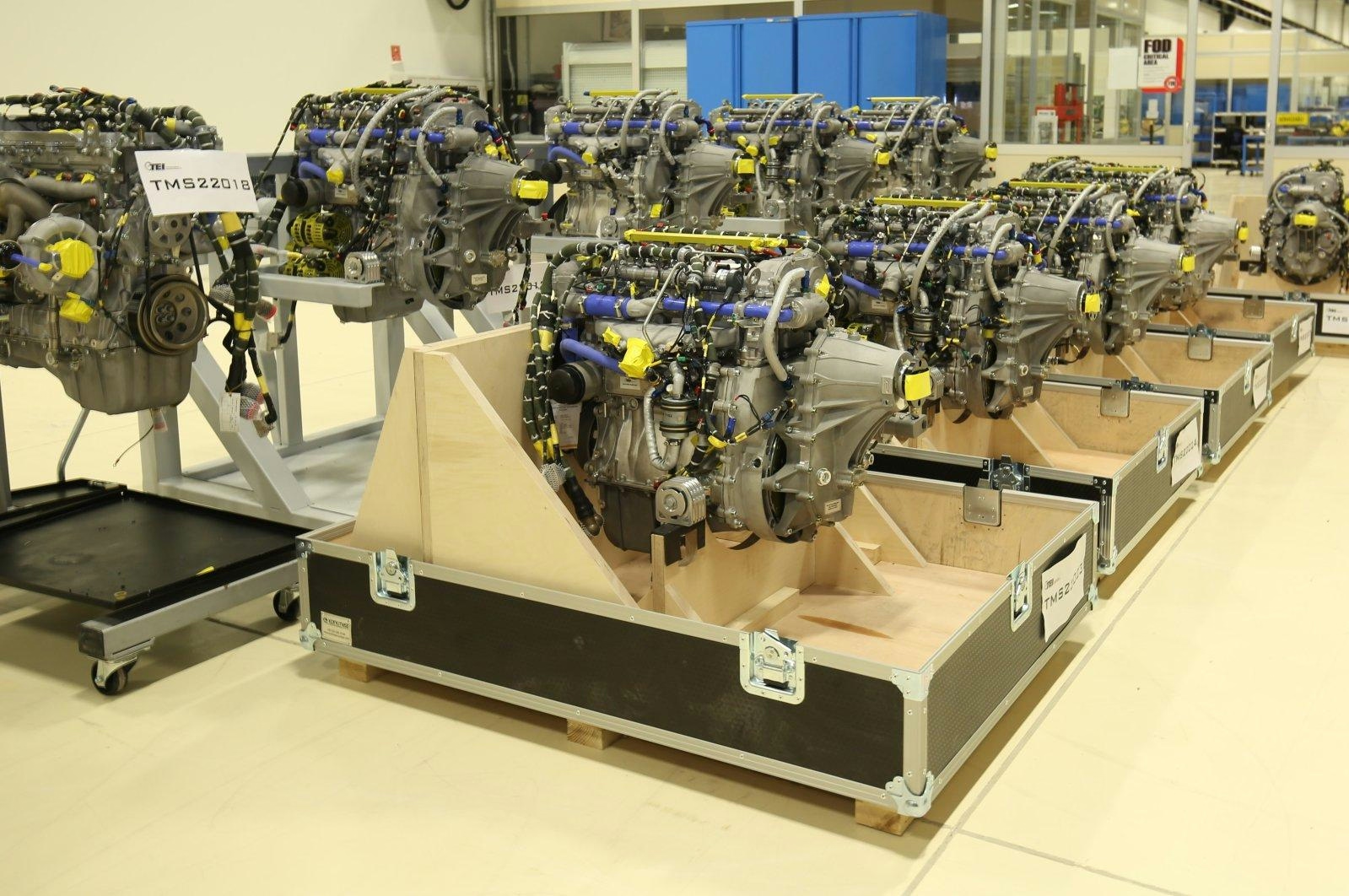
TEI Wins $2.95 Billion in Aviation Engine Export Orders
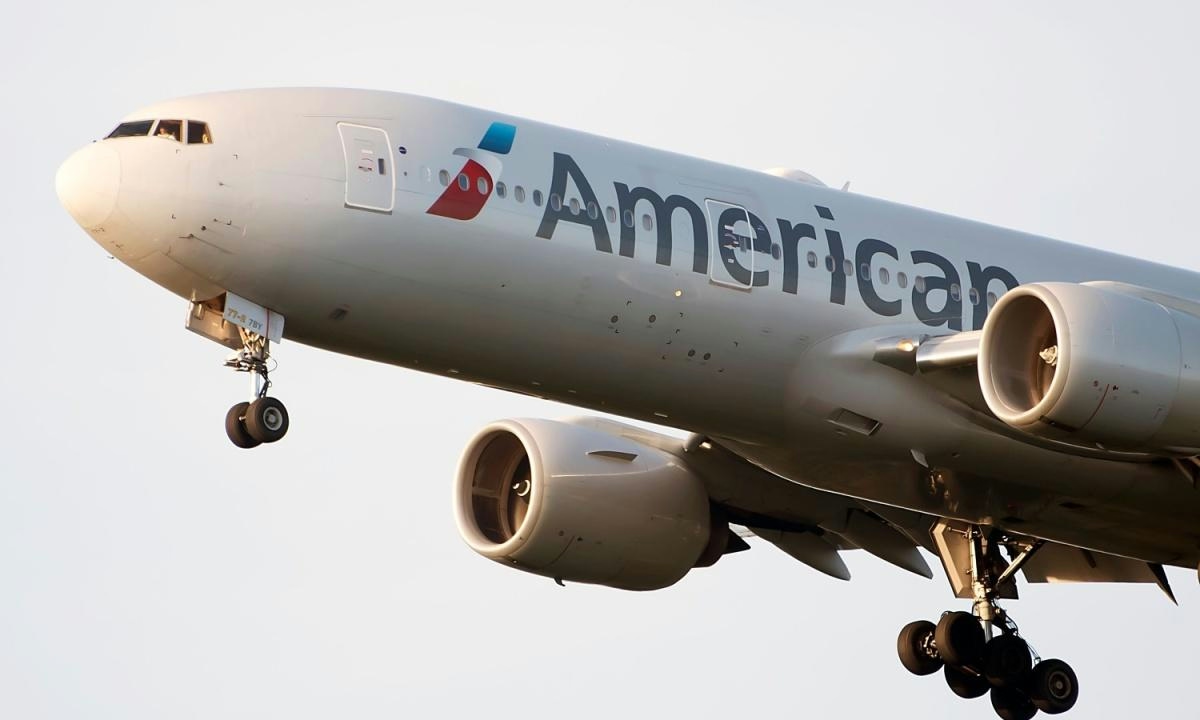
American Airlines’ Plans for Artificial Intelligence
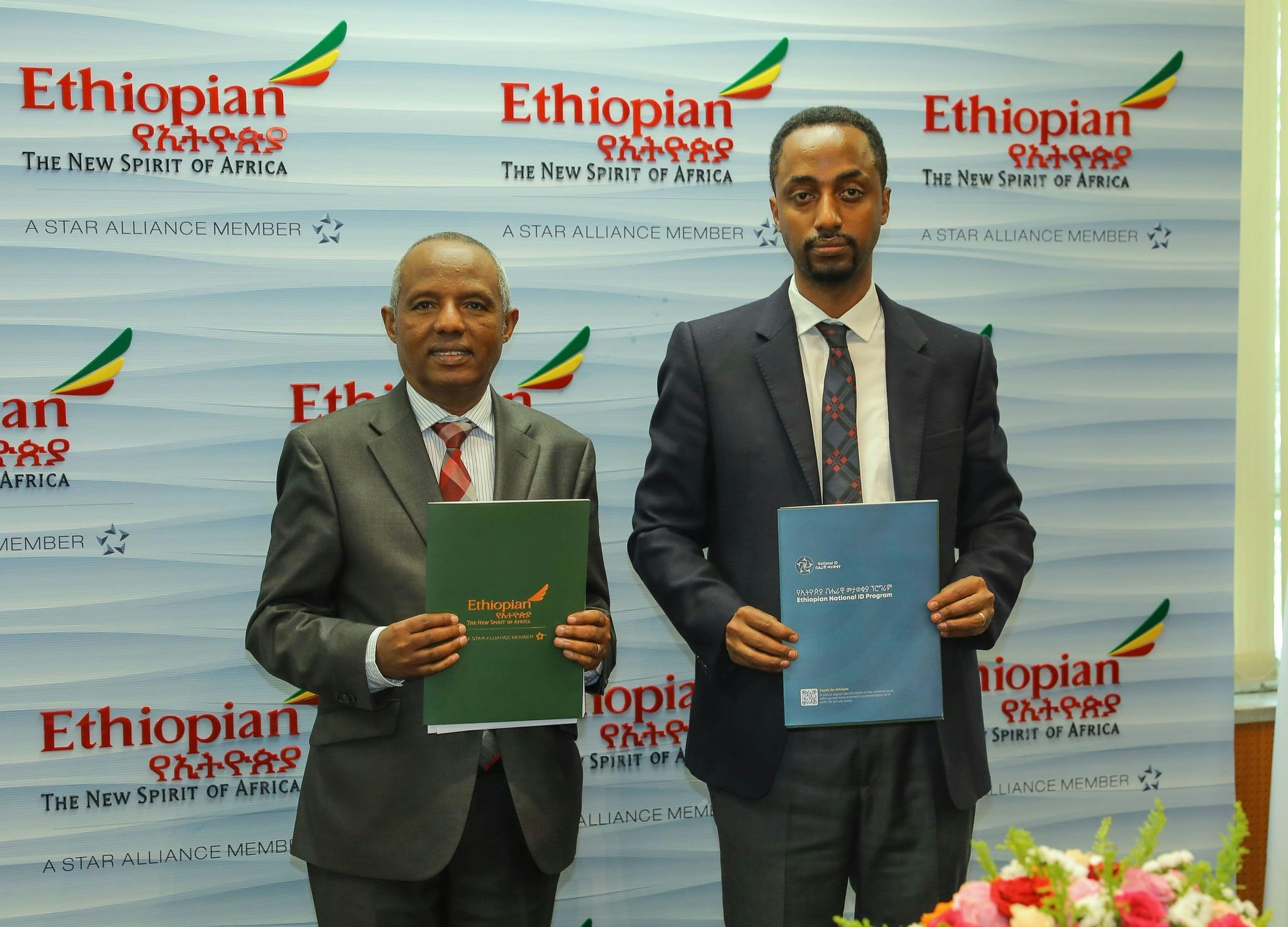
Ethiopian Airlines Collaborates with Nucore Technologies on Digital Initiatives

FAA Issues Airworthiness Directive for GE90 Engines After Powder Metal Contamination Found
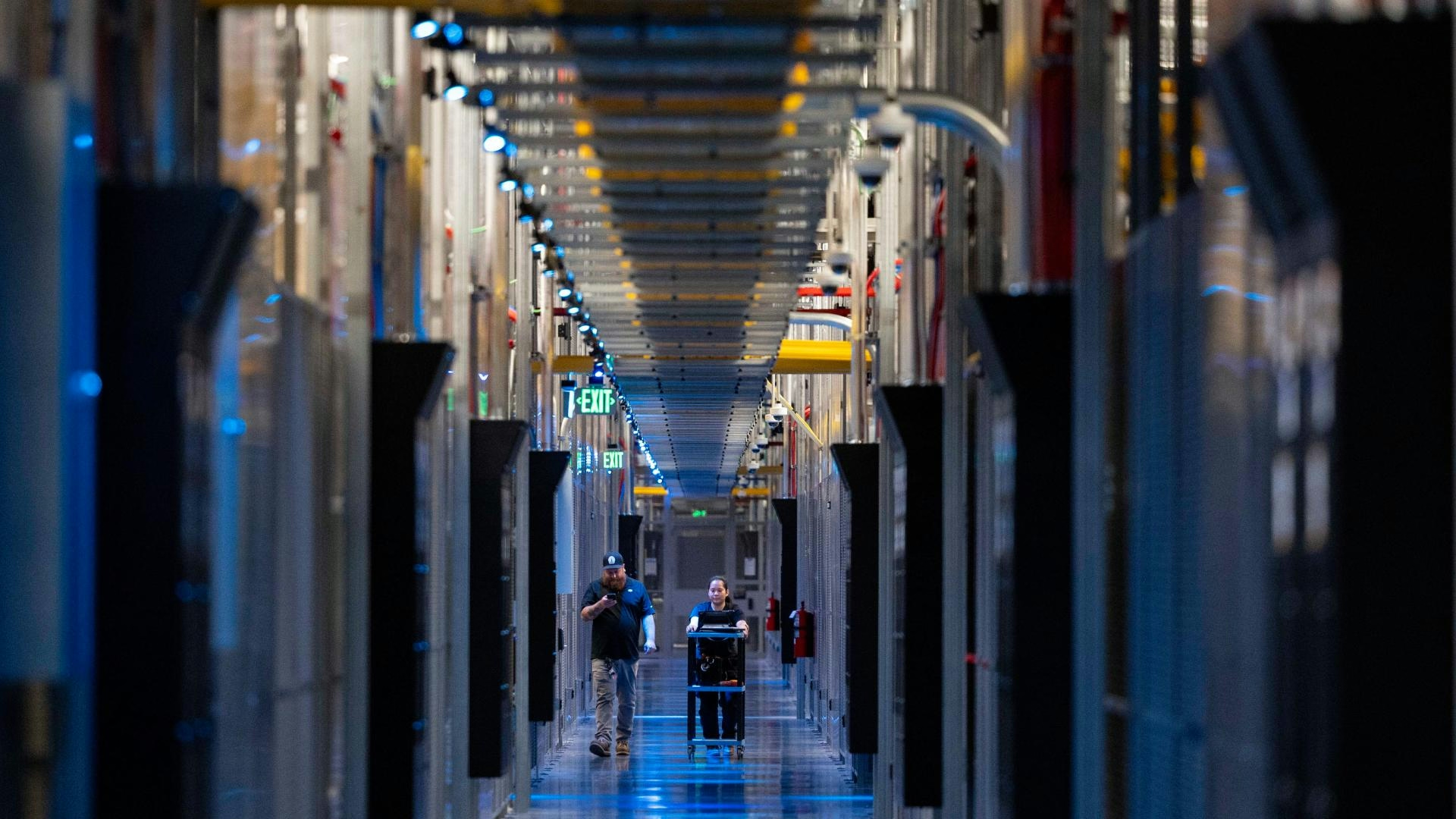
Boom Supersonic Uses Jet Engines to Power Off-Grid AI Data Center

Flying taxis could take off this year in Florida
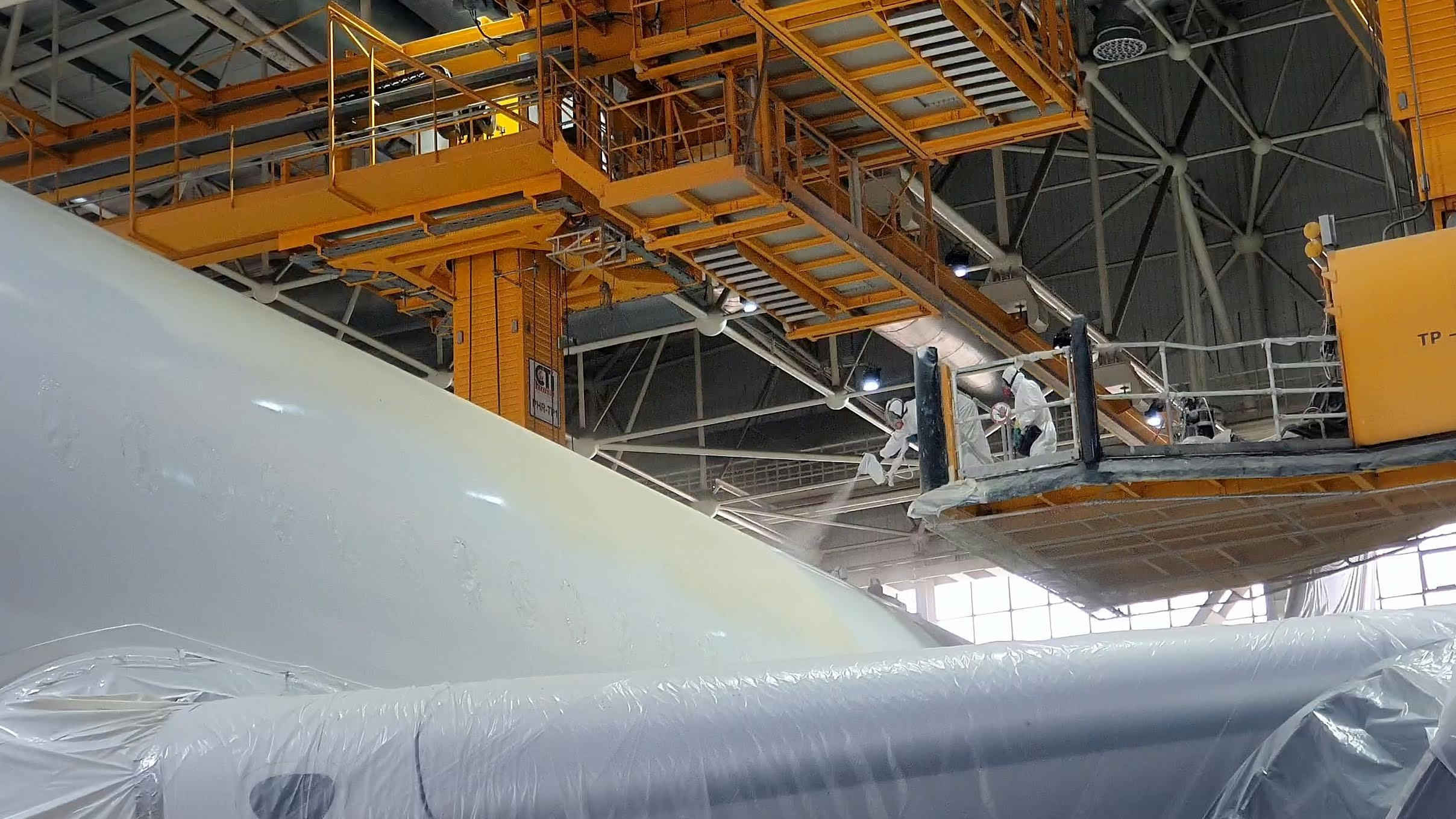
ASKY and TAAG Angola Airlines Establish In-House MRO Facilities to Support Fleet Expansion

Airbus to Release Audited 2025 Orders and Delivery Data on January 12
